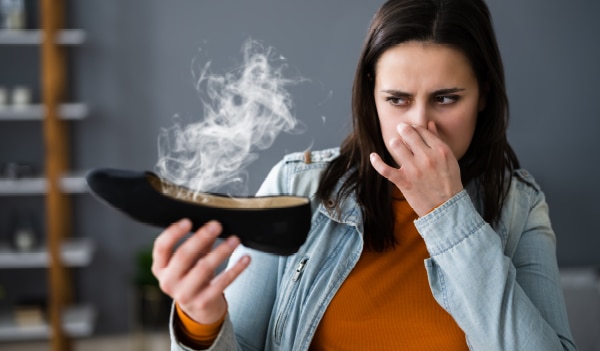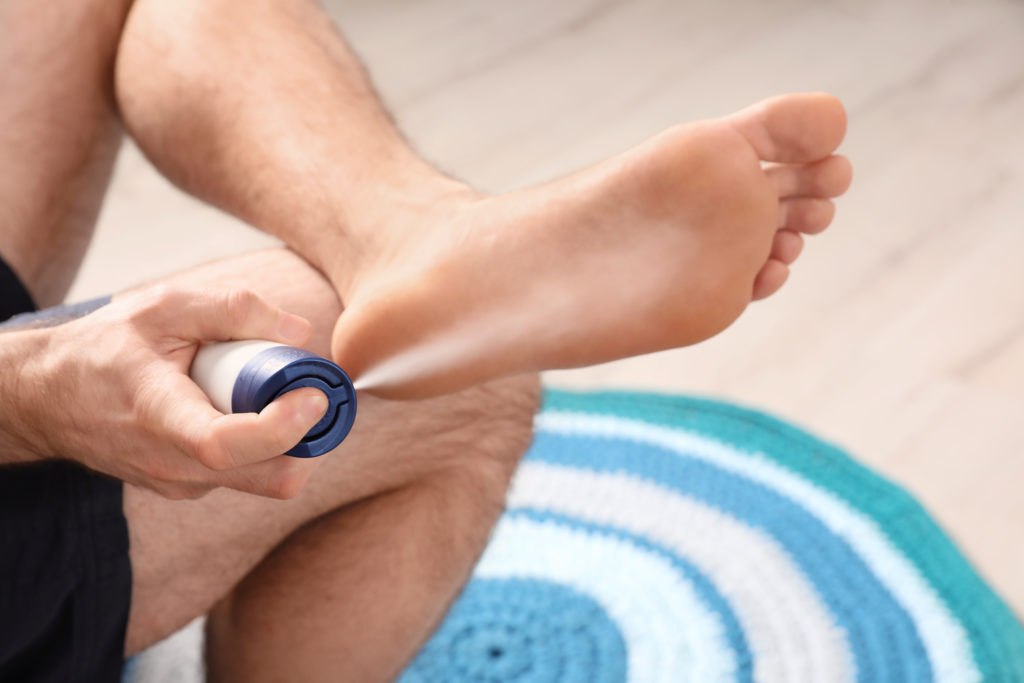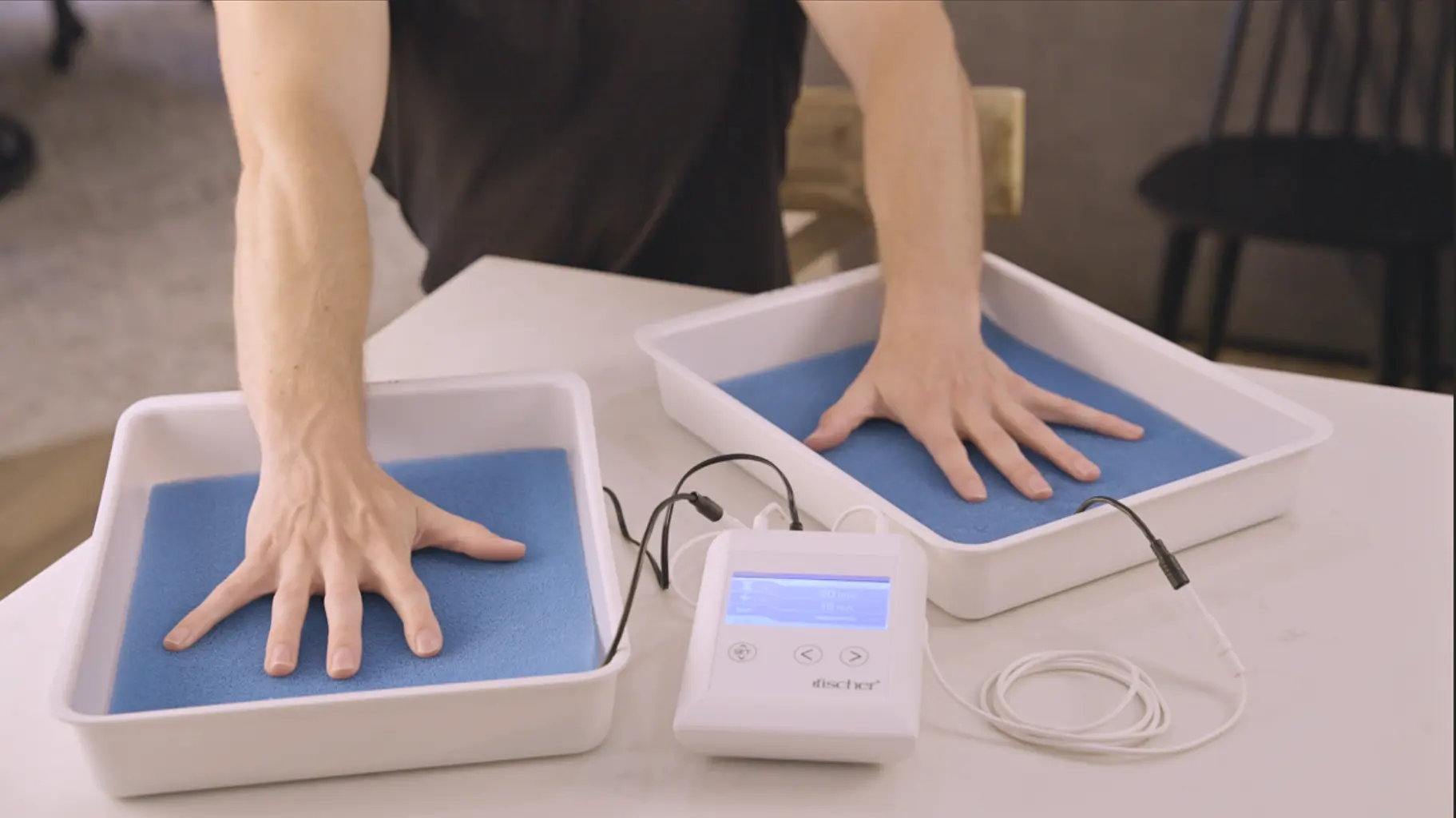Understanding Excessive Sweating: Dermatology Insights on How to Stop Sweaty Hands
Understanding Excessive Sweating: Dermatology Insights on How to Stop Sweaty Hands
Blog Article
Introducing the Intricacies of Excessive Sweating: A Comprehensive Guide to Diagnosis and Management
Too much sweating, clinically known as hyperhidrosis, is a problem that affects a significant number of people and can have an extensive influence on their high quality of life. While sweating is a natural bodily feature, its overactivity in hyperhidrosis provides a special set of obstacles that typically go past plain pain.

Recognizing Hyperhidrosis Causes
Hyperhidrosis creates can be credited to numerous factors such as genetics, hormonal inequalities, and particular medical problems. Genes play a significant role in main focal hyperhidrosis, where individuals inherit the problem from their member of the family. This sort of hyperhidrosis commonly shows up in details locations like the hands, soles of the feet, underarms, and face. Hormone discrepancies, particularly an over active thyroid gland or menopausal adjustments, can also activate extreme sweating. Additionally, certain clinical problems such as diabetes mellitus, heart disease, and infections can lead to additional generalised hyperhidrosis. These underlying health problems can interfere with the body's all-natural air conditioning system, triggering the sweat glands to become over active. Understanding the origin creates of hyperhidrosis is critical in diagnosing and successfully managing this problem. By recognizing the particular elements adding to excessive sweating, doctor can tailor therapy plans to deal with the underlying reason, offering alleviation and enhancing the lifestyle for people affected by hyperhidrosis.
Acknowledging Hyperhidrosis Effects

In addition, hyperhidrosis signs and symptoms may materialize in emotional and social distress, as people might feel self-conscious or nervous about their sweating, causing avoidance of social situations (Treatment for hyperhydrosis of hands). In addition, duplicated episodes of too much sweating can cause skin maceration, fungal infections, and a general decrease in self-esteem
Diagnostic Refine for Hyperhidrosis
Launching the diagnostic process for extreme sweating includes extensive assessment of the individual's case history and physical evaluation. Making inquiries concerning the onset, period, and causes of sweating episodes is important to separate in between primary focal hyperhidrosis and additional generalized hyperhidrosis. Clinical background needs to additionally consist of inquiries concerning drugs, medical conditions, and household history of hyperhidrosis.
Throughout the health examination, certain interest is paid to the locations influenced by sweating. The healthcare company might examine the degree of sweating, check for indicators of underlying problems, and assess the impact of sweating on the person's lifestyle. In addition, particular tests like the gravimetric examination, starch-iodine examination, or skin conductance dimensions might be performed to evaluate the quantity of sweat created.
In addition, in cases where secondary hyperhidrosis is believed, additional examinations such as blood examinations, urine examinations, and imaging studies may be recommended to identify the underlying cause of too much sweating. The analysis process intends to precisely establish the type and source of hyperhidrosis to assist proper monitoring strategies.
Therapy Alternatives for Hyperhidrosis
When addressing extreme sweating, different therapy options are offered to minimize symptoms and improve the individual's quality of life. The therapy method for hyperhidrosis depends on the intensity of symptoms and the client's action to preliminary treatments.
Topical therapies, such as aluminum-based antiperspirants, are commonly recommended as the first line of defense for taking care of mild cases of hyperhidrosis. These items function by plugging the sweat ducts, hence decreasing the amount of sweat that reaches the skin's surface. For people with more extreme signs and symptoms, oral medicines like anticholinergics might be suggested to aid decrease sweating. Nonetheless, these medications can have negative effects and are not read this article ideal for everyone.

Effective Administration Strategies
To efficiently take care of hyperhidrosis, a individualized and comprehensive therapy plan tailored to the individual's details requirements and reaction to previous treatments is vital. additional reading This strategy might integrate a combination of therapeutic methods, consisting of lifestyle adjustments, topical treatments, oral drugs, botulinum toxic substance shots, iontophoresis, and in extreme situations, surgical treatments like gland removal or sympathectomy. Way of life modifications such as wearing moisture-wicking apparel, utilizing antiperspirants, and exercising stress-reducing techniques can complement clinical treatments. Topical antiperspirants including aluminum chloride are commonly the first-line treatment, with stronger solutions available for immune instances. Dental medications like anticholinergics may be suggested for generalised hyperhidrosis. Botulinum toxin shots work for focal hyperhidrosis, giving temporary alleviation by blocking the release of acetylcholine. Iontophoresis, entailing using a low electric present to lower gland task, can be helpful for both palmoplantar and axillary hyperhidrosis. Surgical options are usually reserved for extreme, refractory instances and need cautious consideration of risks and benefits. A multidisciplinary method involving skin doctors, medical care medical professionals, and, if necessary, specialists, can optimize the management of hyperhidrosis.
Final Thought
In final thought, hyperhidrosis is this content a condition characterized by extreme sweating, which can considerably affect a person's top quality of life. With proper medical diagnosis and monitoring approaches, people suffering from hyperhidrosis can discover alleviation and enhance their general health.
Extreme sweating, clinically known as hyperhidrosis, is a condition that affects a substantial number of people and can have an extensive effect on their high quality of life. By determining the details variables contributing to excessive sweating, health care service providers can customize therapy plans to attend to the underlying cause, providing relief and enhancing the quality of life for individuals influenced by hyperhidrosis.
Hyperhidrosis, characterized by excessive sweating beyond what is essential for controling body temperature, can substantially impact an individual's quality of life. Making inquiries about the start, duration, and causes of sweating episodes is vital to differentiate between primary focal hyperhidrosis and second generalized hyperhidrosis. Treatment for hyperhydrosis of hands and feet.In conclusion, hyperhidrosis is a condition identified by too much sweating, which can considerably impact a person's quality of life
Report this page